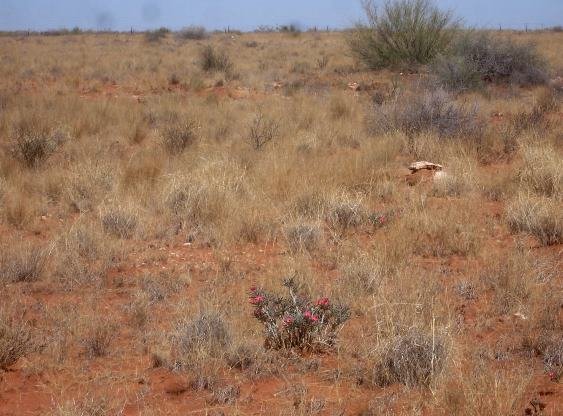Adenium oleifolium in habitat

Author: Ivan Lätti
Photographer: Judd Kirkel Welwitch
The harsh world where Adenium oleifolium makes its living does not hide the plant well when it flowers. This is just fine as flowering plants live with the risk of conspicuous colours inviting pollinators inevitably also attracting the attention of those that may cause harm.
Many mechanisms, such as numerous flowers, increased distribution ranges, subterranean bulbs, long flowering seasons, hairy coverings, bitter tastes and other safety measures help different plants to some extent. But there is no life without risk, especially since the living eat the living.
When a plant bears the common name of bitterkambro it is certain that the bitterness of its caudex has been tasted many times; gaining this knowledge involved plant destruction. Another common name, pylgif (arrow poison), confirms the sap to be one of the ingredients of San hunter arrow poison; more plant destruction.
The paradox of ingesting as well as poisoning is encountered repeatedly among the uses of South African indigenous plants. Be sure to know what you’re doing, is the ubiquitous caveat. And be assured that A. oleifolium, as so many other plants bearing poison, paradoxically features widely in the traditional medicine of local people; still more plant destruction.
A powdery product derived from the tuber is used in treating snake bite and scorpion sting. While we’re at it, add some fevers for which this plant has been used. And don’t forget the stomach aches.
All medical practices include some experimentation as every individual is unique after all, up to a point! Better try something more, instead of letting the patient die from neglect. A timeless feature of best practices that does not always work. People living off the land learn lots of stuff. Forget some and get some things wrong. The school fees of unfortunate deaths from experimentation are forgotten long before the old wives’ tales of what to use.
And the desperately prayed for results, based upon a hearsay sample of one can be so compelling when one is cornered (Van Rooyen and Van Rooyen, 2019; Frandsen, 2017; iNaturalist; http://www.llifle.com; https://worldofsucculents.com).

